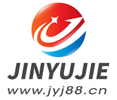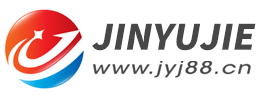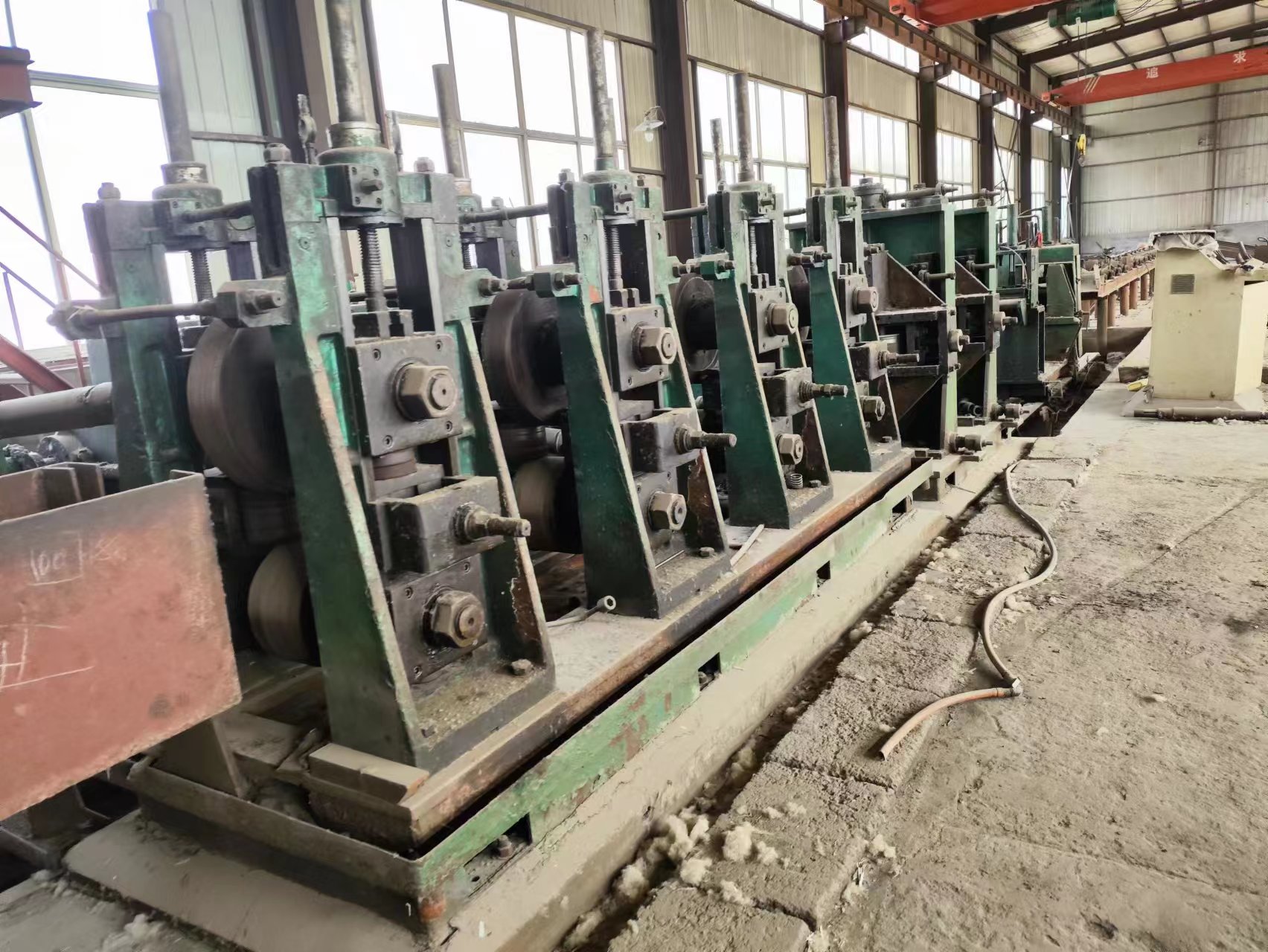Used welded pipe mills, factors affecting the opening angle of the pipe
- Sort:Information
- Auth:
- Source:
- Release time:2021-11-17 11:30
- Pvs:
【概要描述】In the production of welded pipes with used welded pipe mills, the opening angle is one of the most sensitive welding elements. The size of the opening angle directly affects the welding heat, welding speed and weld strength, and involves a wide range of areas. As can be seen from the figure below, there are at least 7 direct factors affecting the opening angle.
Used welded pipe mills, factors affecting the opening angle of the pipe
【概要描述】In the production of welded pipes with used welded pipe mills, the opening angle is one of the most sensitive welding elements. The size of the opening angle directly affects the welding heat, welding speed and weld strength, and involves a wide range of areas. As can be seen from the figure below, there are at least 7 direct factors affecting the opening angle.
- Sort:Information
- Auth:
- Source:
- Release time:2021-11-17 11:30
- Pvs:
In the production of welded pipes with used welded pipe mills, the opening angle is one of the most sensitive welding elements. The size of the opening angle directly affects the welding heat, welding speed and weld strength, and involves a wide range of areas. As can be seen from the figure below, there are at least 7 direct factors affecting the opening angle.
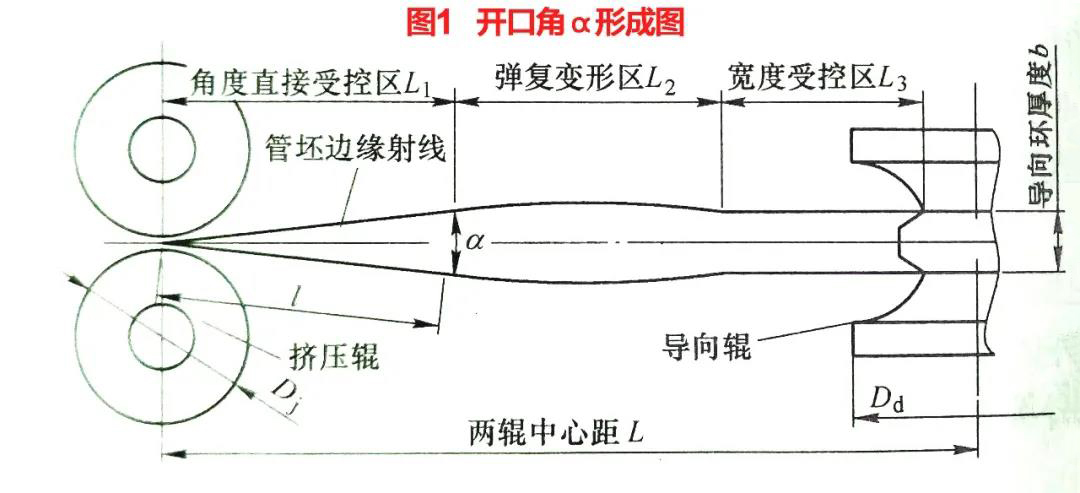
(1) The squeeze roll hole radius. According to the welded pipe production process of the used welded pipe mills, the squeeze roll pass radius is always smaller than the radius R of the open round tube to be welded. In this way, different squeeze roll pass shapes (R1≠R2) produce the first pressure on the edge of the tube blank. One point of force is different, see Figure 2,
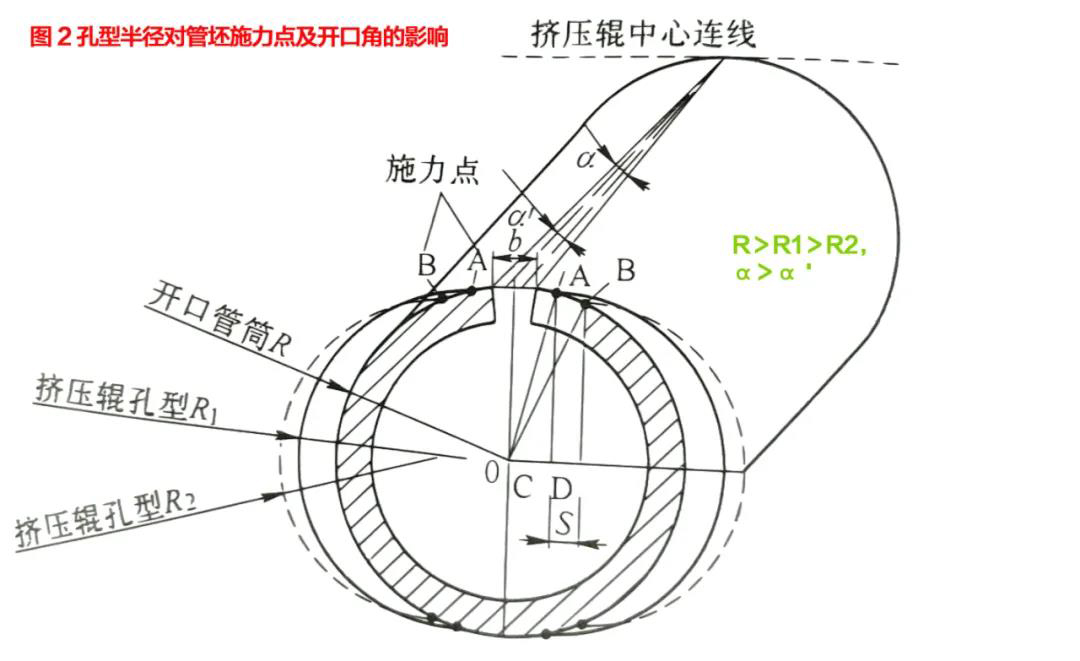
This affects the location and opening angle of the meeting point of the edge of the tube blank. In the figure, the smaller the radius of the squeeze roll hole pattern, the more the hole pattern force point B will apply force to the tube blank in advance. The unilateral advance S is determined by R, R1 and R2:

At the same time, because the force point of the squeeze roll hole pattern R2 is advanced by S mm, the opening angle is reduced from α to α´, then according to the formula:

The opening angle α´ affected by R2 is:
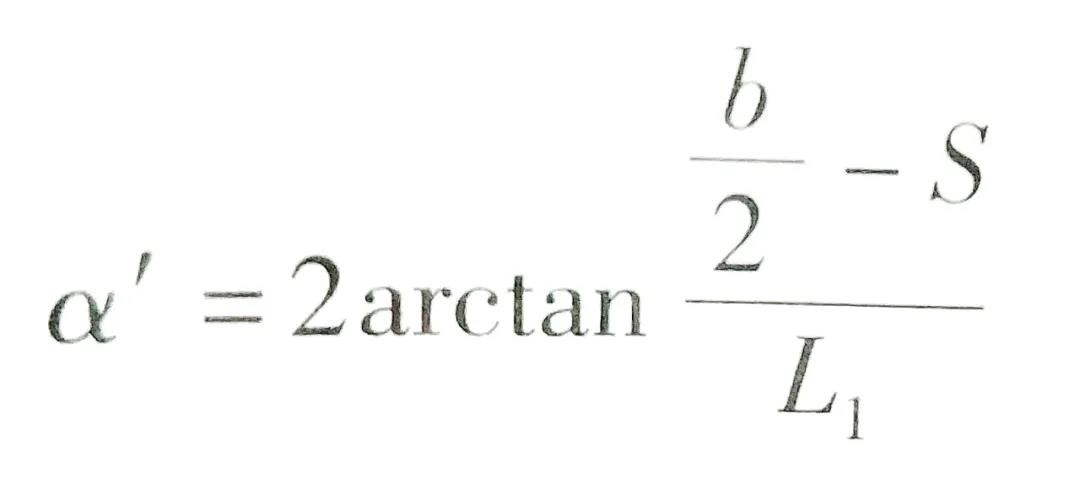
Obviously, α>α´
When the opening angle becomes smaller, the actual apex of the edge of the heating tube will inevitably lead to the advancement of the heating tube, which is easy to produce defects such as overburning and weld perforation. For the same type of tube, the opening angle will decrease sharply as the squeeze roll hole radius becomes smaller, causing the actual meeting point of the tube blank edge to move forward, that is, away from the line of the squeeze roll center, and for a series of welding process parameters such as extrusion Force, input heat, resistor position, welding speed, etc. have important effects.
For example: To produce a φ50mm tube on a 50 unit, set R=26.11mm, R1=25.5mm, R2=25.3mm, α=2°~6°, b=6mm, and calculate S=0.84mm. As a result, the opening angle is reduced to α'=1.73°~5.19°, a decrease of 13.5%.
(2) Outer diameter of squeeze roller. Welded pipes of the same specification, different squeeze roll outer diameters, and hole patterns have different first force points on the tube blank. In Figure 2, the squeeze roller with a larger outer diameter is A1A2 (edge) and a1a2 (bottom diameter) before the squeeze roller with a smaller outer diameter touches the tube blank, which affects the opening angle and the actual meeting point.
(3) The thickness of the guide ring b. The thickness of the guide ring is proportional to the tangent of the opening angle. The thicker the ring, the larger the opening angle; conversely, the thinner the ring, the smaller the opening angle.
(4) The tube billet rebounds. According to Figure 1, the blank tube has high strength and high hardness, and the edge of the blank tube rebounds greatly in the spring-back deformation zone. The opening of the tube blank will exceed the thickness of the roll ring, resulting in a factual opening angle larger than the theoretical opening angle.
(5) The height at which the tube blank enters the squeeze roll. Since the size of the open tube is larger than the pass size of the squeeze roll, when the guide roll and the squeeze roll are adjusted according to the horizontal rolling bottom line, the edge of the tube blank is higher than the upper edge of the pass of the squeeze roll, which leads to an increase in the pass of the squeeze roll. The pressure point is pressed to the edge of the tube blank in advance, and therefore the opening angle is reduced; the higher the higher, the more obvious the reduction.
(6) Wall thickness of the tube blank. Thick-walled tube plus deformation blind zone can easily form inner and outer opening angles of equal size but different apex (convergence point) positions. According to the principle of proximity effect of high-frequency current, the temperature near the inner opening angle of the tube must be higher than the outer opening. The temperature at the corner prevents the welded pipe from being welded normally.
(7) Roll gap. Including the guide roller and the squeeze roller gap affect the opening angle to varying degrees.
There are at least 7 direct factors affecting the opening angle of the used welded pipe mills. Operate according to the actual situation.
Part of the content of this site comes from the Internet. This site only provides information storage. The copyright belongs to the original author. It does not bear the relevant legal responsibility and does not represent the views and positions of this site. Please contact and delete it if there is any infringement.
More News

Time of issue : 2023-10-31

Time of issue : 2023-10-28

Time of issue : 2023-10-25

Time of issue : 2023-10-22
Wechat: 13392281699
Email: zty@usedpipemill.com
Company address:No. A99, East Lecong Avenue, Lecong Town, Foshan City, Guangdong Province
Recommendation
Online Inquiry
LINK
Contact Us
Tel (wechat): 13336487288
Wechat:+86 13336487288
WhatsApp:+86 13336487288
Email: zty@usedpipemill.com
Address: No. A99, Lecong Avenue East, Lecong Town, Foshan City, Guangdong Province

